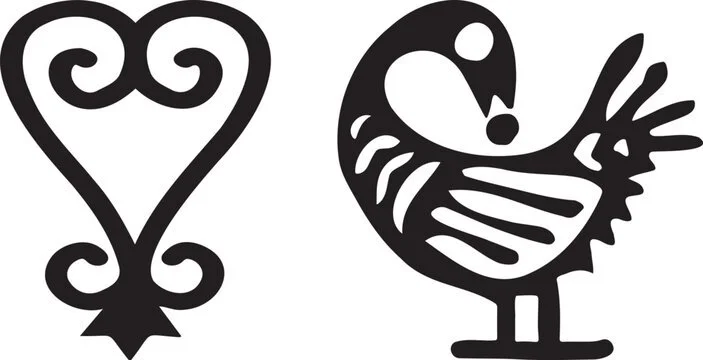CHECKMATE in 5
Ten Hail Marys, plaid pleated skirts, and school shoes.
In a library that once felt big enough, but now feels too small for me—that’s where I first learned the basics of chess.
I was introduced to the pawn, the bishop, the rook, the dynamic knight, the king, and of course, the priceless and powerful queen. I learned their movements and patterns. What I didn’t learn then were the deeper strategies, the foresight, or even that each square had a coordinate—a letter and a number.
Even now, it still takes me time to make a move. I sit with the decision, imagining how it might play out—if my opponent doesn’t counter it first.
I’ve always been fascinated by chess and the intellect it demands—not only to play but to win. I’m also drawn to the aesthetic of public park games: strangers gathered around a board, sharing connection, whether in passing or as the beginning of a new friendship.
“Chess at Union Square” By Shuto Okayasu”
My mind constantly asks: How can I make this tangible? Functional? I want my art to be something you can use, touch, and collect. Each chess piece feels like a person to me—a story—its own sculpture. That vision led me to create my own set, one that reflects my perspective, culture, and creativity.
I’m the kind of artist who sees and values the details—especially those found in cultural and traditional art. I love peeling back the layers of time and holding up a mirror to the present, showing how the two reflect one another in evolved ways. I borrow from that lineage and transform it into something new—my own message.
The inspiration that compelled me to develop this body of work came from African sculpture and the intricate hairstyles found throughout the African Diaspora. Hair has long been a marker of identity, potential, and transformation. It has communicated status, lineage, origin—an unspoken language.
Long before the chapters of Black history entered American textbooks, we styled our hair with clay, oils, and butters. We adorned it with shells, feathers, and metal. Hair signified rank and family. It told a story.
During the era of the transatlantic slave trade, the crowns of the enslaved were ripped from the roots of their heads, blurring their identities and languages. Yet even on plantations, Black people braided cornrowed maps into their hair—routes to freedom.
Today, despite ongoing discrimination and stigma—through laws like the Tignon Law, issues of texturism, and outdated views on professionalism—Black people continue to reclaim, reinvent, and celebrate the legacy of our hair. We reach back in order to move forward.
SANKOFA
This collection of paintings and sculptures reflects that reclamation. It explores power, potential, transformation, and identity through a chess-inspired lens.
I reimagined each chess piece through the form of Black hairstyles:
Bishops wear high box cuts.
Rooks are crowned with intricate cornrows.
Pawns have clean #1 cuts—symbolizing raw potential. (They’re the only pieces capable of transforming into any other.)
Knights sport bold mohawks—edgy, rebellious, and unexpected.
The King dons a clean cut and beard.
The Queen reigns with a crown of Bantu knots.
For the actual installation—the floor board—I challenged myself to build something lightweight and immersive. I used swimming noodles (yes, my hoarding paid off!) to construct a sculptural surface that adds dimension to the experience.
The concept of human chess pieces was inspired by Harry Potter and the Sorcerer’s Stone. I designed and built headdresses to match the scale of the board—pieces people could wear and embody.
Headdresses have always symbolized identity:
Kings and queens wear crowns.
Athletes and soldiers wear helmets.
Brides wear veils.
Angels wear halos.
Devils wear horns.
Each headdress carries an unspoken set of expectations. In this case, it’s the expected movements of a chess piece—brought to life by the wearer.
I’m deeply grateful for the support and guidance I’ve received throughout this project. I’m thankful for the vision—and the hands—to create something this intentional and immersive.
I’m excited to share with you: CHECKMATE in 5.



